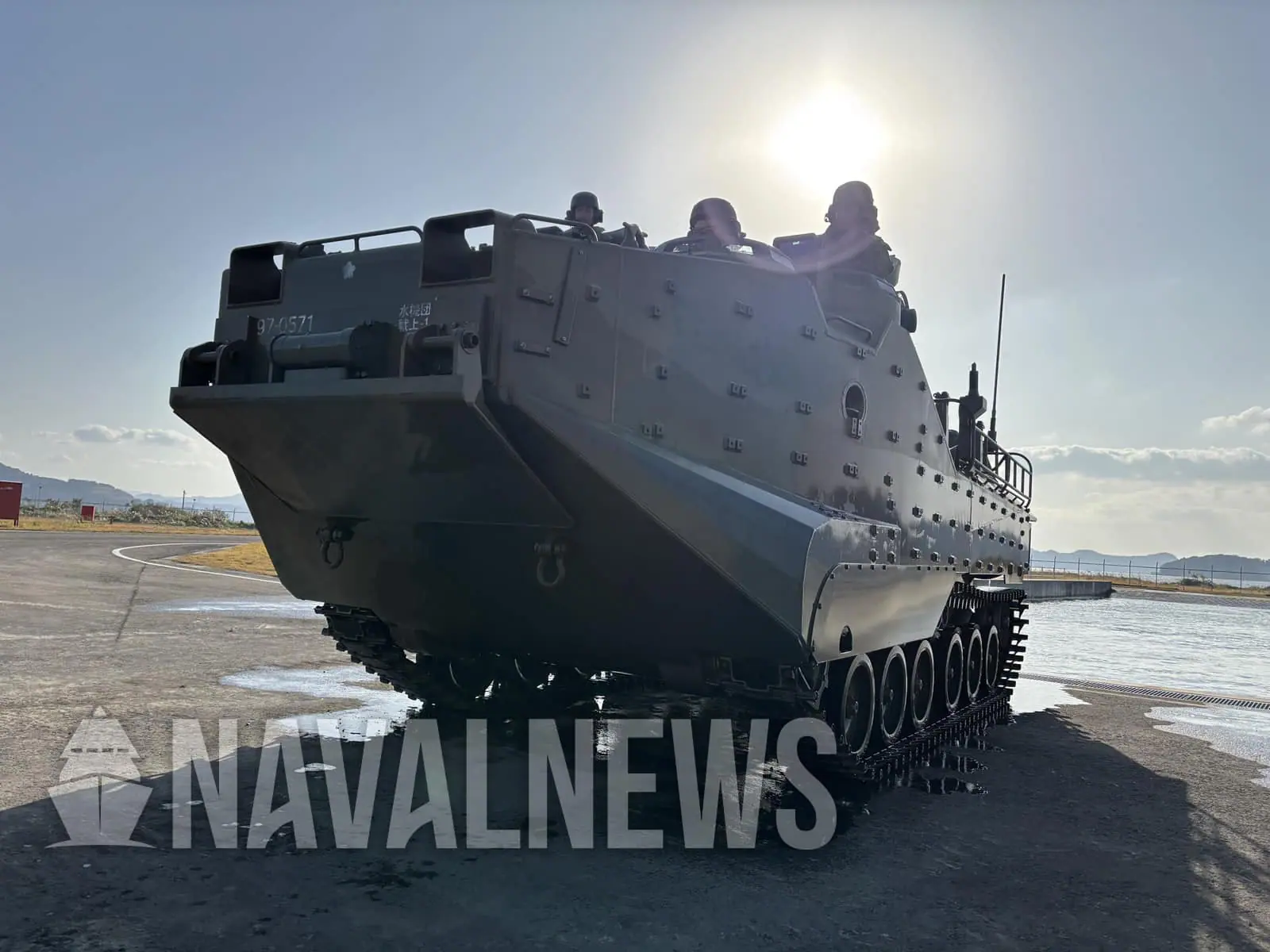Shifts in India-Pakistan Maritime Strategy
Recent developments in India-Pakistan relations have prompted a notable shift from aerial to maritime confrontations, ushering in a new phase characterized by strategic naval activities. This evolution is primarily highlighted by the May 2025 standoff, which initially began as an air domain engagement but has since transitioned to focus on naval theater dynamics.
Background and Recent Developments
India’s Defence Minister, Rajnath Singh, has explicitly warned Pakistan of significant repercussions for any military misadventure, particularly in the contentious Sir Creek area, where Pakistan has been expanding its military infrastructure. Responding to these regional tensions, Admiral Dinesh Tripathi has made it clear that India’s Navy is prepared to act first in any impending conflict with Pakistan. This is evidenced by Operation Sindoor, which underscores a potent forward naval deterrent posture and suggests a proactive role for the Indian Navy.
Significantly, India’s maritime strategy includes recent naval advancements, such as the commissioning of the INS Nistar, and cooperative naval exercises with the Philippines, all while aligning with a broader Indo-Pacific strategy. In contrast, Pakistan has strengthened its naval capabilities through the launch of the Hangor-class submarine, PNS Mangro, and the P282 ship-launched missile, which reflect its growing military capabilities.
Shifts in Naval Capabilities and Posture
Both nations are actively recalibrating their naval strategies and enhancing their preparedness for potential maritime confrontations. While India boasts a modernized naval fleet equipped with advanced weapons, it faces concerns due to an aging fleet and the need to maintain numerical superiority amidst Pakistan’s burgeoning capabilities, supported by partnerships with China and Turkey. This support effectively narrows the traditional naval superiority India enjoyed.
Implications of Naval Engagement
Naval conflicts tend to carry higher escalation risks than aerial confrontations, complicating efforts to maintain control during engagements. Pakistan’s strategic focus revolves around deterrence-by-denial, especially in light of vulnerabilities uncovered in previous conflicts. Consequently, Gwadar port has become a significant psychological and operational asset, integral to the China-Pakistan Economic Corridor.
External Influence and Strategic Dynamics
Chinese involvement, particularly at Karachi and Gwadar ports, has added layers of complexity to the maritime landscape, potentially engaging the People’s Liberation Army Navy (PLAN). Additionally, Türkiye’s limited role enhances the overall military dynamics in the region. The maritime domain is increasingly viewed as a platform for both testing naval capabilities and signaling strategic intent.
Strategic Challenges and Future Directions
Both countries’ militaries may be operating under outdated assumptions regarding crises, which heightens the risk of miscalculations amidst rapidly evolving technological capabilities. Unlike transient air skirmishes, a continuous naval presence fosters perceptions of intent and resolve. However, there is potential for lowering conflict ambiguity through enhanced naval observation and interaction.
India’s commissioning of stealth frigates and its emphasis on developing indigenous naval capabilities indicate a move toward greater regional influence and effective crisis management. Ultimately, India’s strategic choices in maritime arenas will critically define whether it leverages this theater for signaling purposes or as a means of strategic escalation.
In conclusion, the shift in focus to maritime strategy between India and Pakistan reflects heightened regional complexities, necessitating careful navigation to avert miscalculation and enhance stability in an increasingly contested maritime environment.




